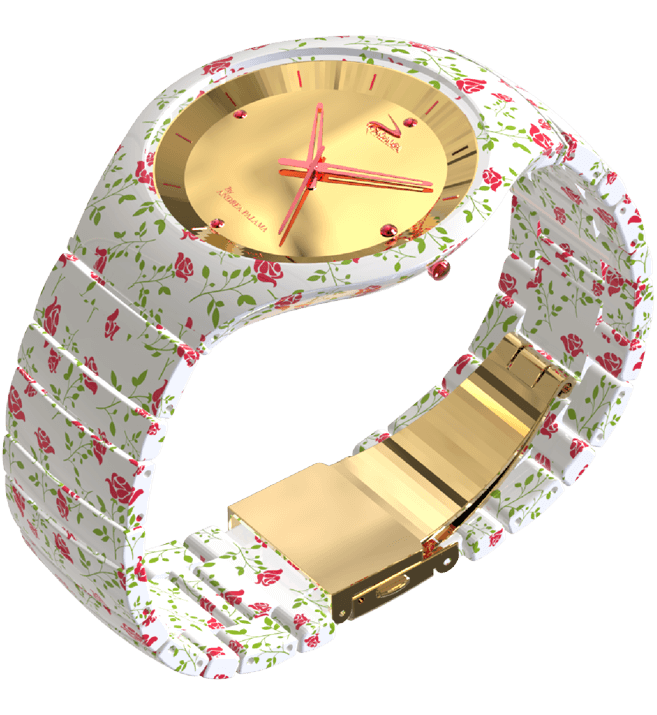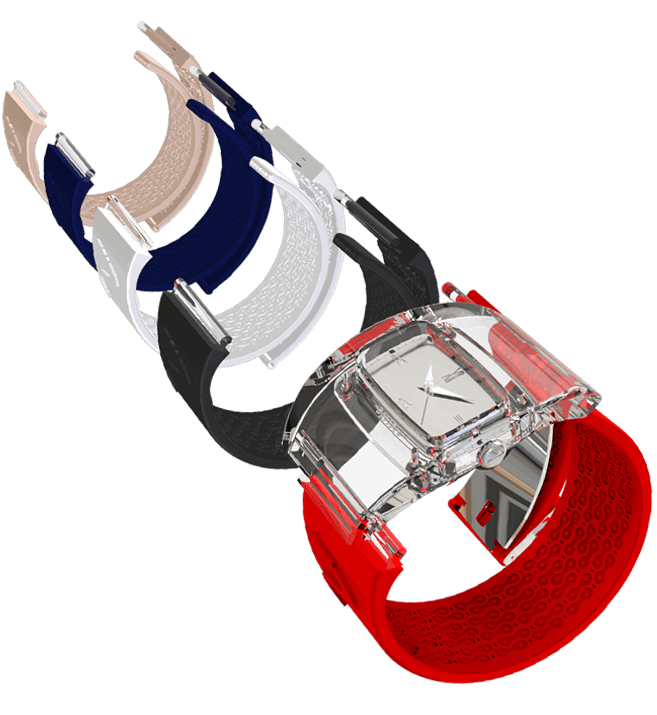Cork is a natural material used by humanity for over 5000 years. It is a material whose applications have been known since antiquity, especially in floating devices and as stopper for beverages, mainly wine, whose market, from the early twentieth century, had a massive expansion, particularly due to the development of several cork based agglomerates.[4] In China, Egypt, Babylon, and Persia for about 3000 B.C., cork was already used for sealing containers, fishing equipment, and domestic applications. In ancient Greece (1600 1100 years B.C.)cork was used in the footwear, to manufacture a type of sandals attached to the foot by straps, generally leather and with a sole in cork or leather.[5] In the second century A.C., a Greek physician, Dioscorides, noted several medical applications of cork, mainly for hair loss treatment.[5] Nowadays, the majority of people know cork for its use as stoppers in wine bottles. Cork stoppers were introduced at the beginning of the seventeenth century by the Benedictine monk Dom Pérignon, who used them to seal the bottles of his famous champagne. Cork stoppers were adopted in 1729 by Ruinart
SOURCES
There are about 2,200,000 hectares of cork forest worldwide; 34% in Portugal and 27% in Spain. Annual production is about 300,000 tons; 49.6% from Portugal, 30.5% from Spain, 5.8% from Morocco, 4.9% from Algeria, 3.5% from Tunisia, 3.1% from Italy, and 2.6% from France.[6] Once the trees are about 25 years old the cork is traditionally stripped from the trunks every nine years, with the first two harvests generally producing lower quality cork. The trees live for about 300 years.The cork industry is generally regarded as environmentally friendly.[7] Cork production is generally considered sustainable because the cork tree is not cut down to obtain cork; only the bark is stripped to harvest the cork.[8] The tree continues to live and grow. The sustainability of production and the easy recycling of cork products and by-products are two of its most distinctive aspects. Cork oak forests also prevent desertification and are a particular habitat in the Iberian Peninsula and the refuge of various endangered species.[9]Carbon footprint studies conducted by Corticeira Amorim, Oeneo Bouchage of France and the Cork Supply Group of Portugal concluded that cork is the most environmentally friendly wine stopper in comparison to other alternatives. The Corticeira Amorim’s study, in particular (“Analysis of the life cycle of Cork, Aluminum and Plastic Wine Closures”), was developed by PricewaterhouseCoopers, according to ISO 14040.[10] Results concluded that, concerning the emission of greenhouse gases, each plastic stopper released 10 times more CO2, whilst an aluminium screw cap releases 26 times more CO2 than does a cork stopper.
- Login
- Sign Up
- Login
- Sign Up
![]()
SUBSCRIBE TO OUR NEWSLETTER TO STAY UP TO DATE WITH THE LATEST PALAMA NEWS.


